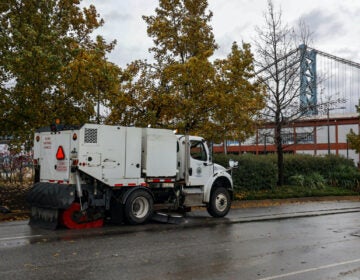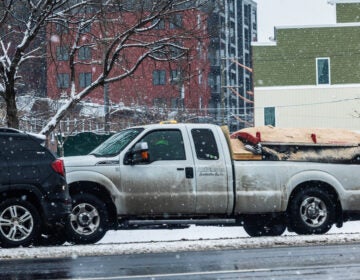‘It’s Electric’: Princeton University’s shuttle fleet serves the entire community with zero emissions
Tiger Transit’s shift to all-electric is expected to save about 500 metric tons of carbon emissions a year.
This story is part of the WHYY News Climate Desk, bringing you news and solutions for our changing region.
From the Poconos to the Jersey Shore to the mouth of the Delaware Bay, what do you want to know about climate change? What would you like us to cover? Get in touch.
When Princeton University decided to convert its Tiger Transit shuttle system to an all-electric fleet, it was during a challenging time for public transportation nationwide. It was midway into the COVID-19 pandemic and ridership was down across the board due to social distancing guidelines.
“People just weren’t using public transit,” said Charlie Tennyson, executive director for transportation and parking services at Princeton University. “But we knew we had faith that we’d come back from that.”
The university needed to meet its climate goal of net zero emissions by 2046, and officials wanted a robust service when riders started taking buses again.
It purchased 17 Xcelsior XE35 all-electric buses and built an operations base with vehicle chargers two miles from campus, along with the chargers on Princeton’s campus. The fleet went all-electric last fall. Tennyson said the university spent in the “millions of dollars” for the new system, which was 15–20% more than a new fleet of diesel buses.
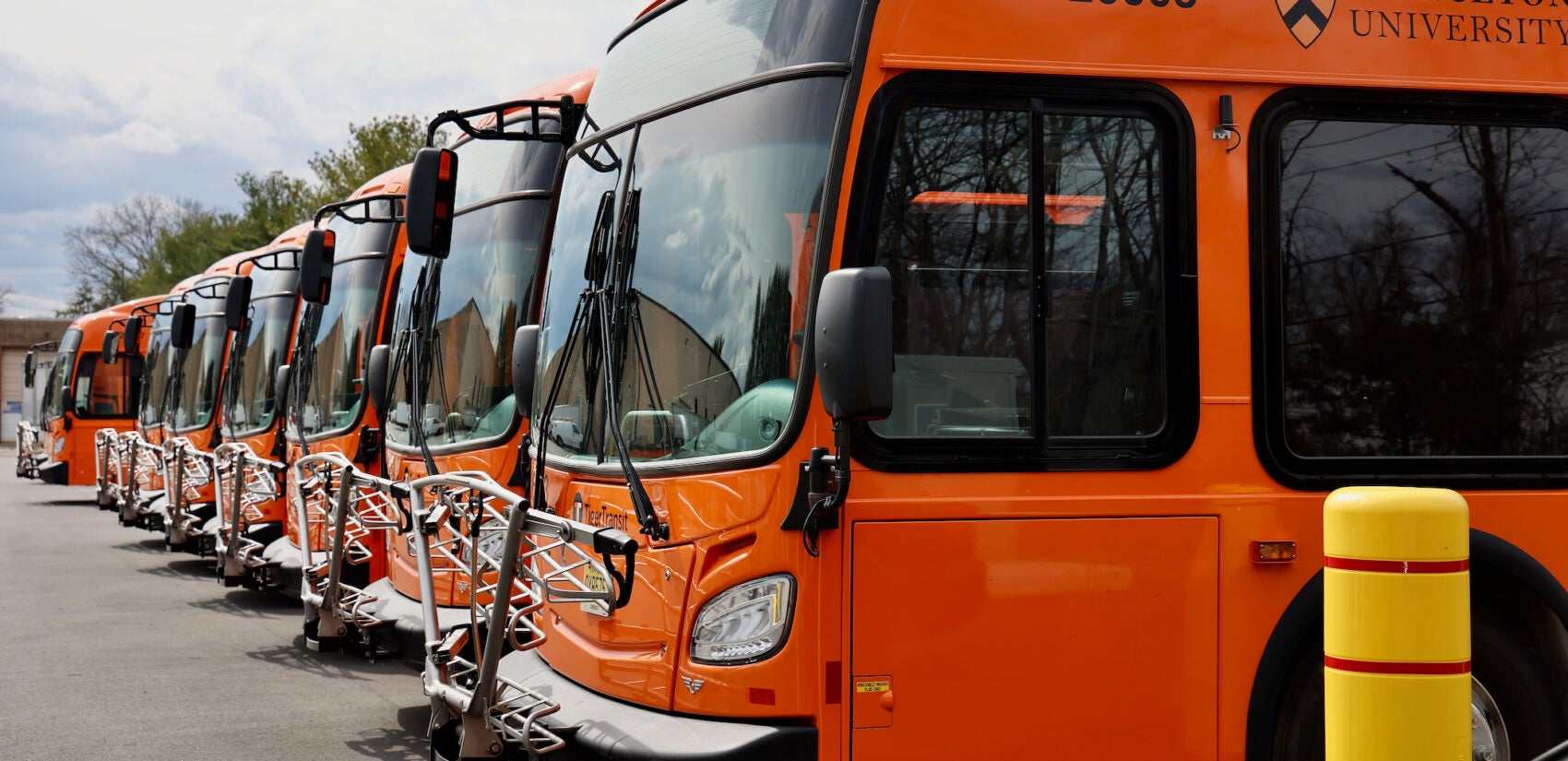
“Like other electric transit operators, we hope but cannot yet guarantee that savings on energy costs compared to fuel, as well as savings on vehicle maintenance, will bring that gap even closer,” he said.
He said the university did not receive any state or federal subsidies or tax incentives for the switch.
“The infrastructure is a huge part of this equation,” he said, adding that they worked with electricity provider PSEG and others to plan the base in West Windsor Township.
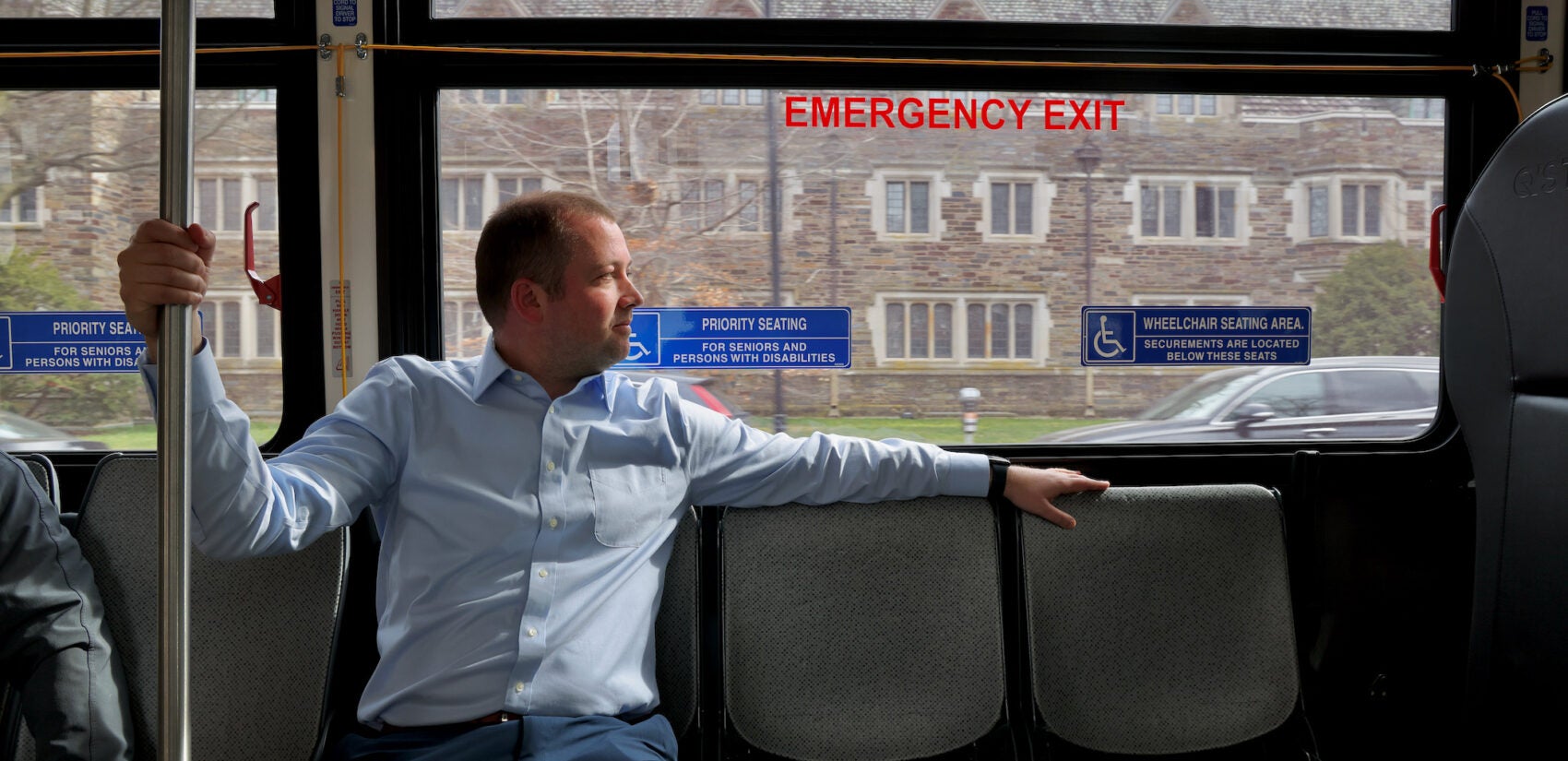
Like other electric vehicles, the shuttle service batteries do not work as efficiently in cold weather. That ultimately affects how long buses can run on a single charge.
“In the summertime, just for an example, we can run two eight-hour shifts with a single charge,” said Steve Stewart, senior operations manager for Tiger Transit. “In the wintertime, we can run a single shift, and then we have to recharge the bus for the afternoon.”
There are eight chargers at the operations base that can charge 16 buses simultaneously. If one bus is attached, it will take two and a half hours to be fully charged. When two buses are sharing a charge, it takes four and a half hours.
Stewart said charging is factored into routes.
“If we did run into issues because of the cold, that would be the only reason we would run into an issue where we have charge anxiety,” he said.
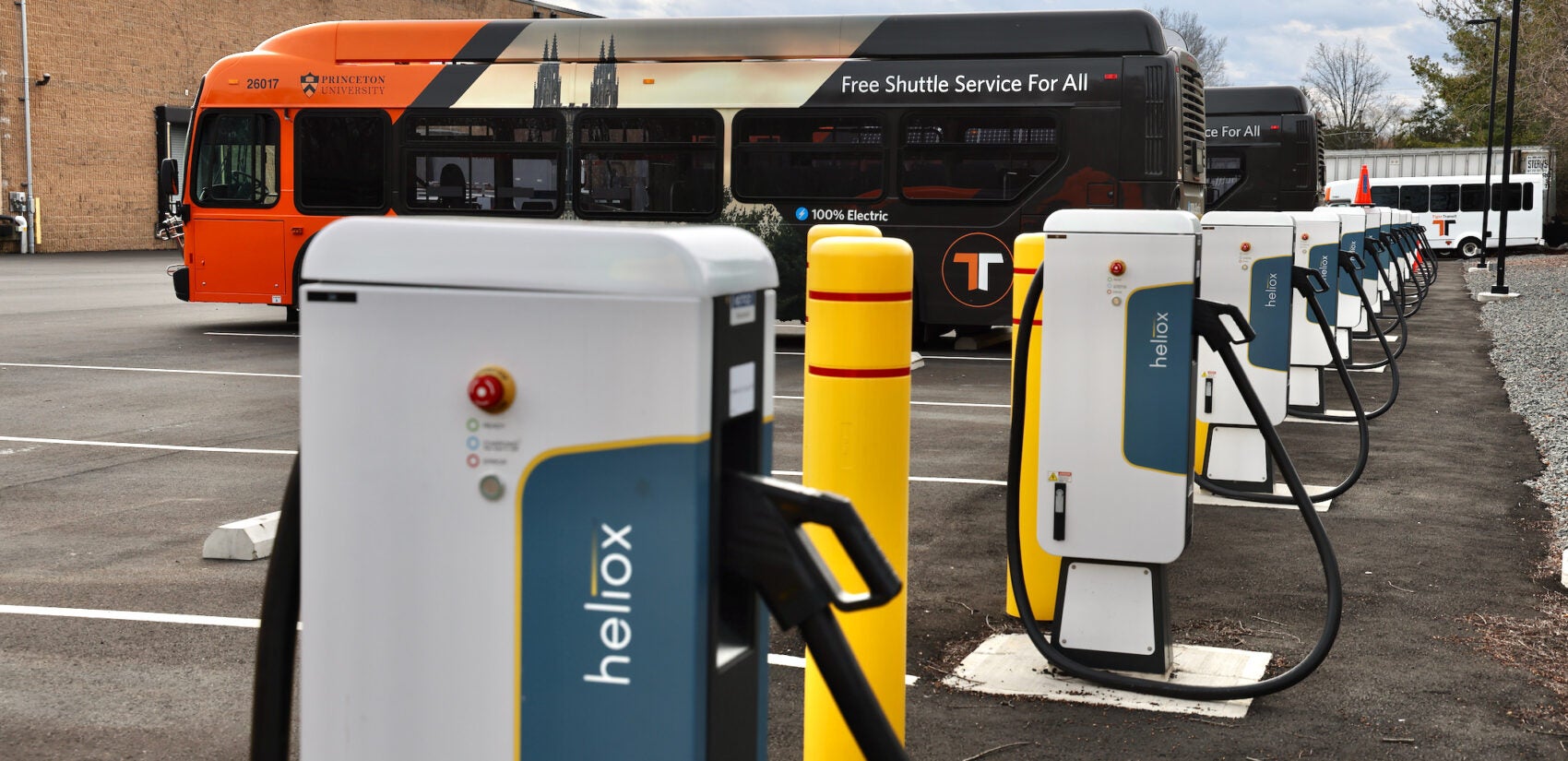
The shift to an all-electric fleet is expected to save about 500 metric tons of carbon emissions a year. In addition to lower greenhouse gas emissions, and cutting additional air pollutants like nitrogen oxides and particulate matter, there are also the savings obtained by not operating a diesel fleet.
“We’re seeing across the industry that there is a sizable savings in maintenance, because internal combustion engines just tend to have more problems over the life of the vehicle,” said Tennyson.
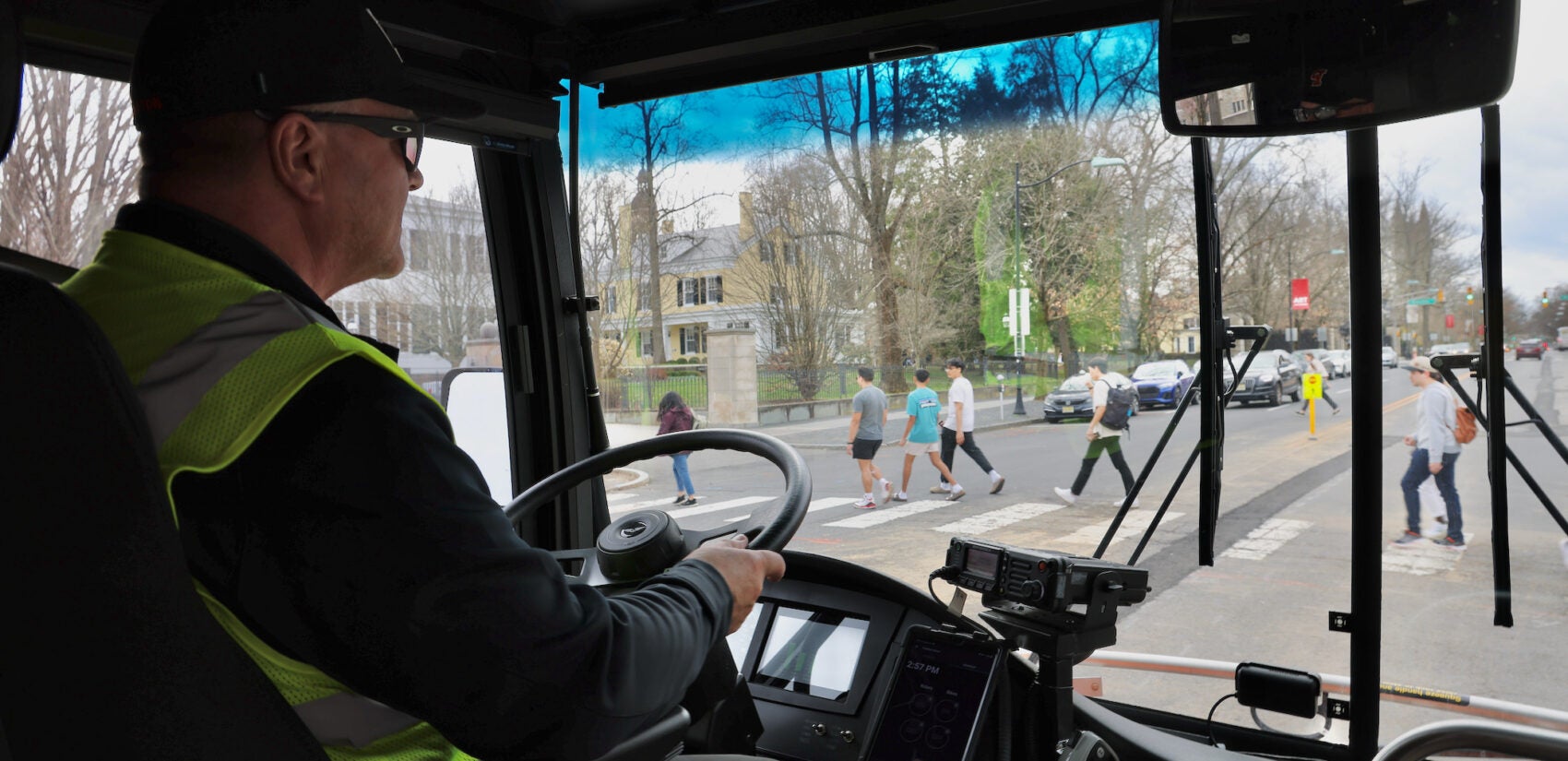
Tiger Transit is free and open to the public, which Tennyson said was intentional. It operates five weekday routes and a “weekend shopper” line. Christine Symington, executive director of Sustainable Princeton, regularly uses the weekend shopper line.
“I take my shopping cart with me, so I don’t have to worry about getting my arms tired from having to carry too many,” she said.
Symington says any type of public transit is better than using an individual car because emissions are reduced “just through sheer efficiency of being able to move more people from point A to point B with less resources.”
“The fact that the Tiger Transit buses are now all-electric, it’s just icing on the cake,” she said. “And the cleaner the energy sources that are charging the batteries on the buses… the more we are helping to avoid emissions from the transportation sector.”
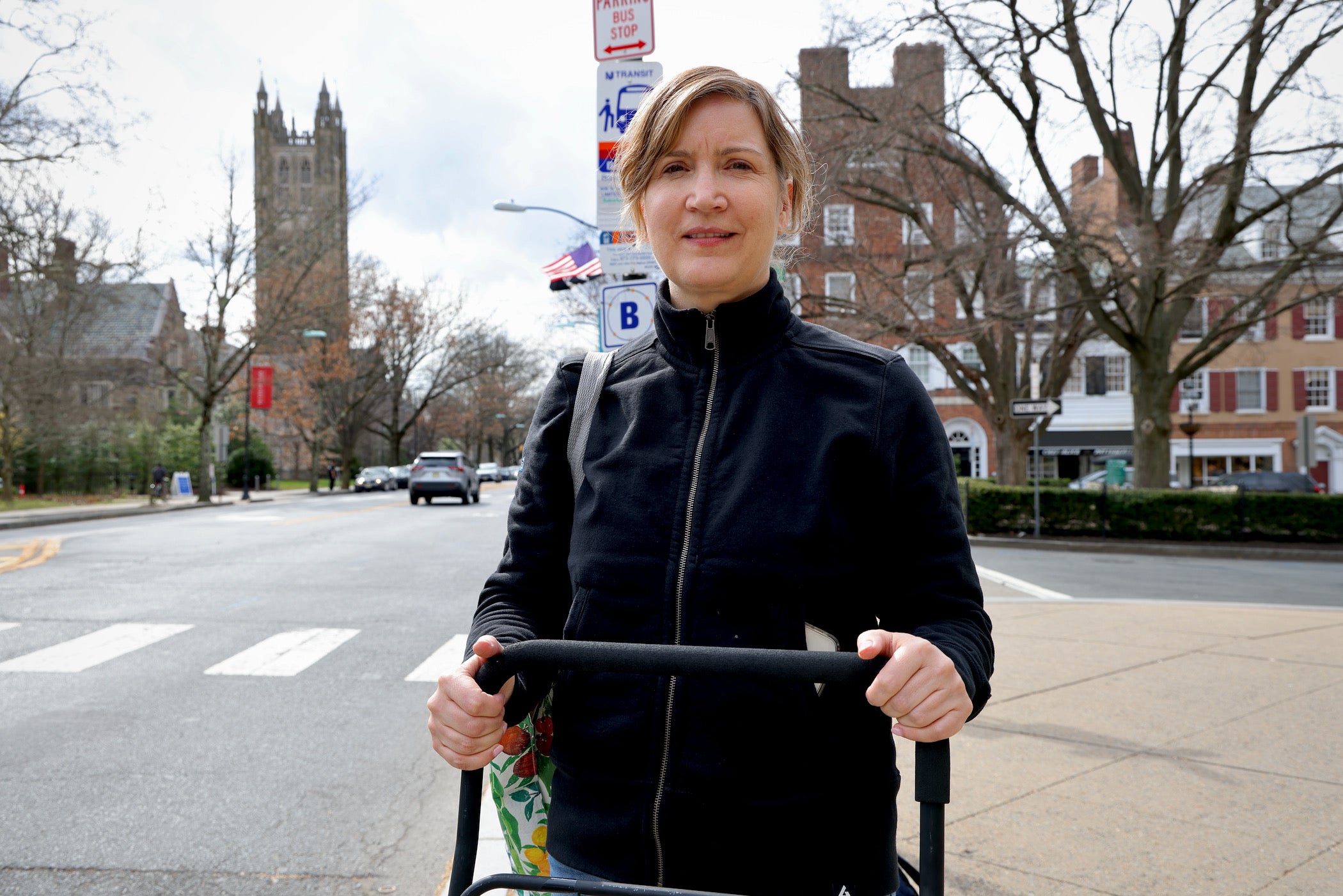
She said she likes being able to track when the next bus is coming through an app and she doesn’t have to wait very long for the next one.
“I can go to Whole Foods, get some things there. I could go to Wegmans, go to Target, I can go to Trader Joe’s and then I can come home.”
The buses are also more accessible for handicapped riders, including a hydraulic wheelchair ramp that can be operated manually if needed, and a self-securement station for those passengers.
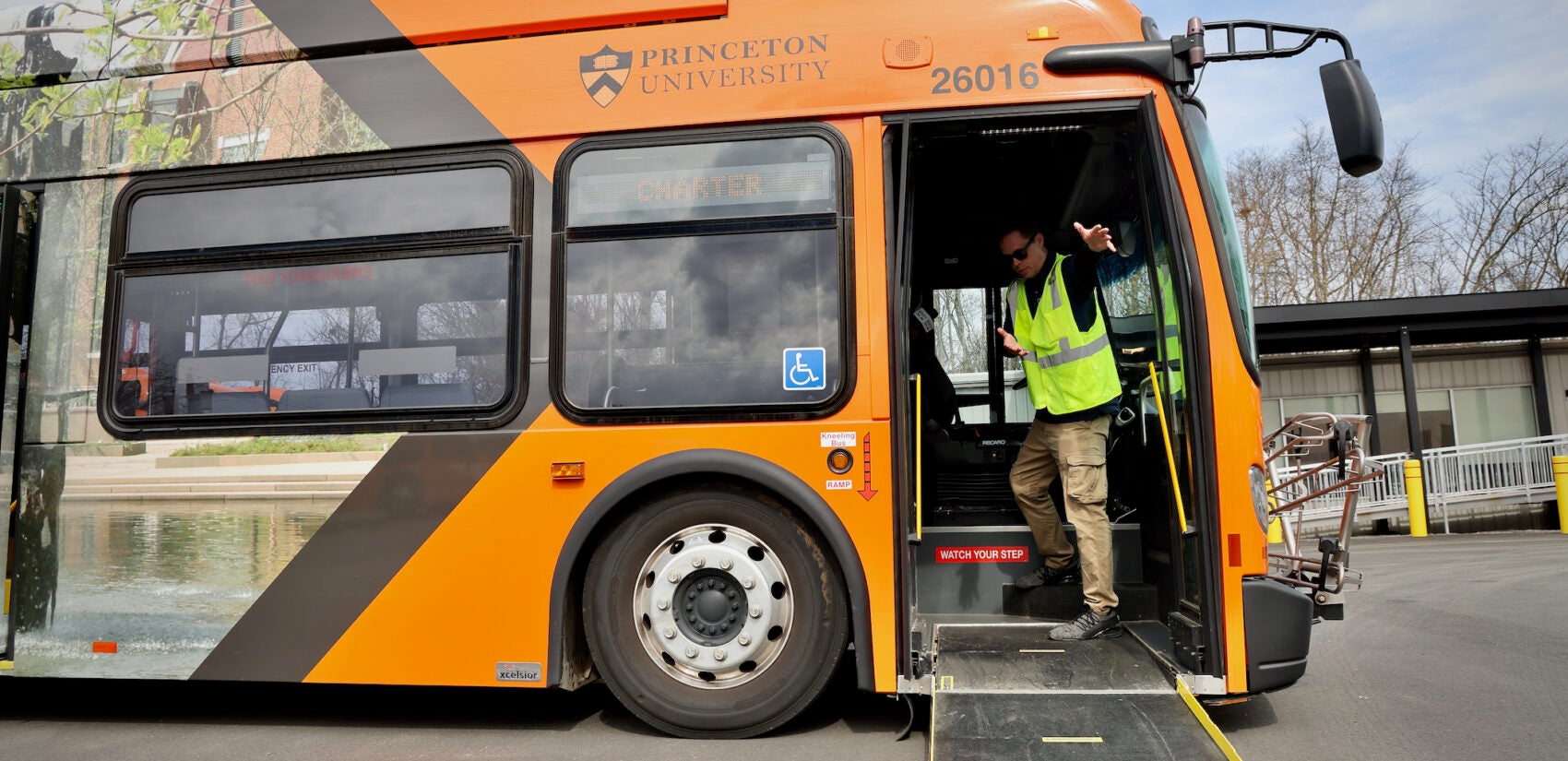
Passengers can charge their devices at one of the 14 USB chargers on board. On top of that, it’s a calmer, cleaner and quieter ride.
“It is a world of difference not having the fumes from the exhaust,” said Symington. “I’m very sensitive to noise and smells. It’s such a smooth ride.”
She hopes others follow Princeton’s lead.
“When you do it in one town… other towns can replicate and improve upon,” she said. “We need to put examples like this into practice so they can be expanded upon in towns all over the country.”
A newly combined university and municipal transit system
Another benefit to riders is the combined system between Princeton University and the Municipality of Princeton, created only within the last three years.
“It is a combination of the current governing bodies commitment to public transit, for environmental reasons, economic development reasons and also our commitment to enhancing a shared vision with the university together,” said Princeton Council President Mia Sacks.
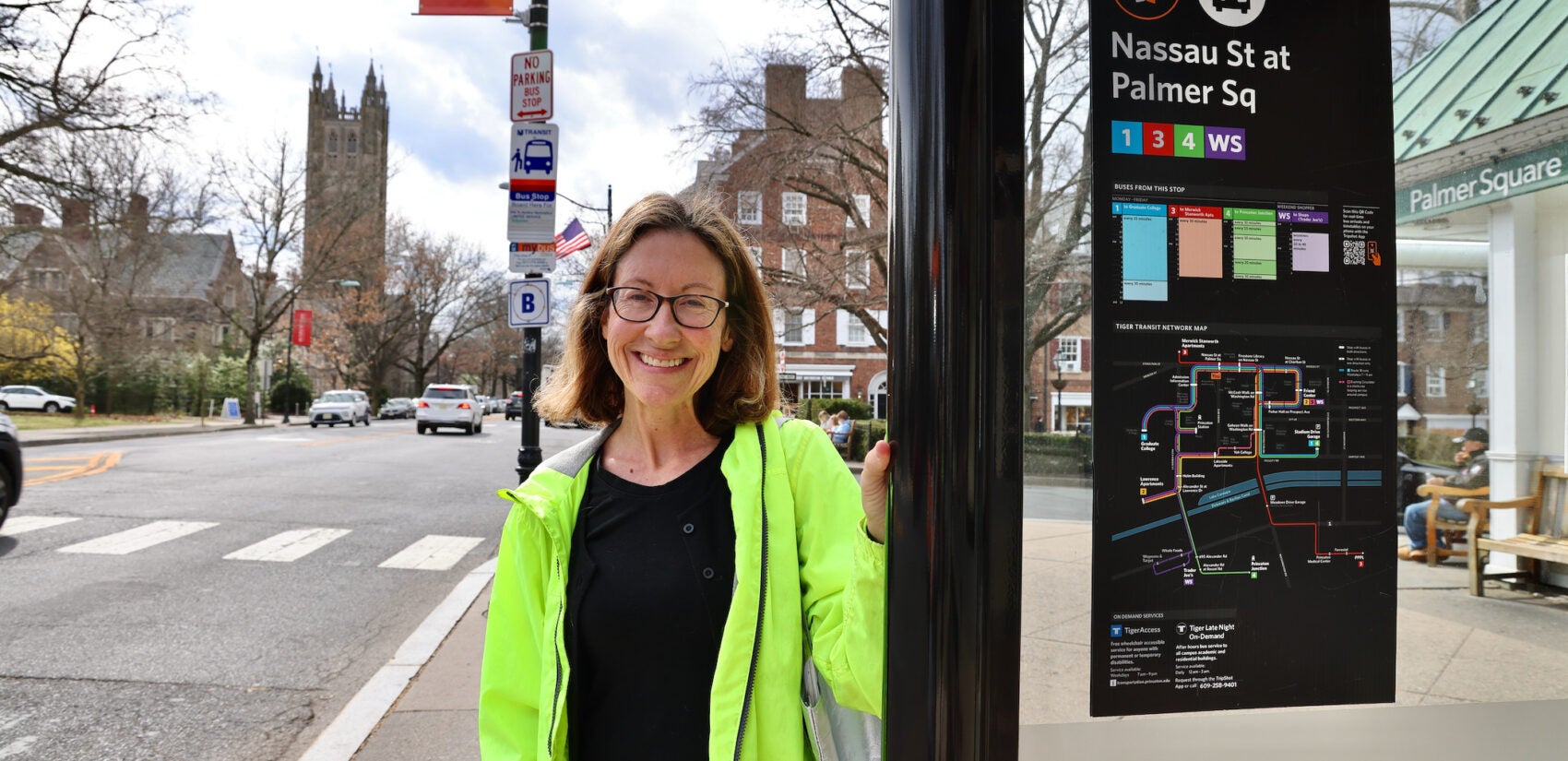
Prior to sharing goals, Sacks said, “There was a sense in the community that the university had its transit system and the municipality had its transit system.”
“One existed on one side of Nassau Street and the other existed on the other side of Nassau Street,” she added.
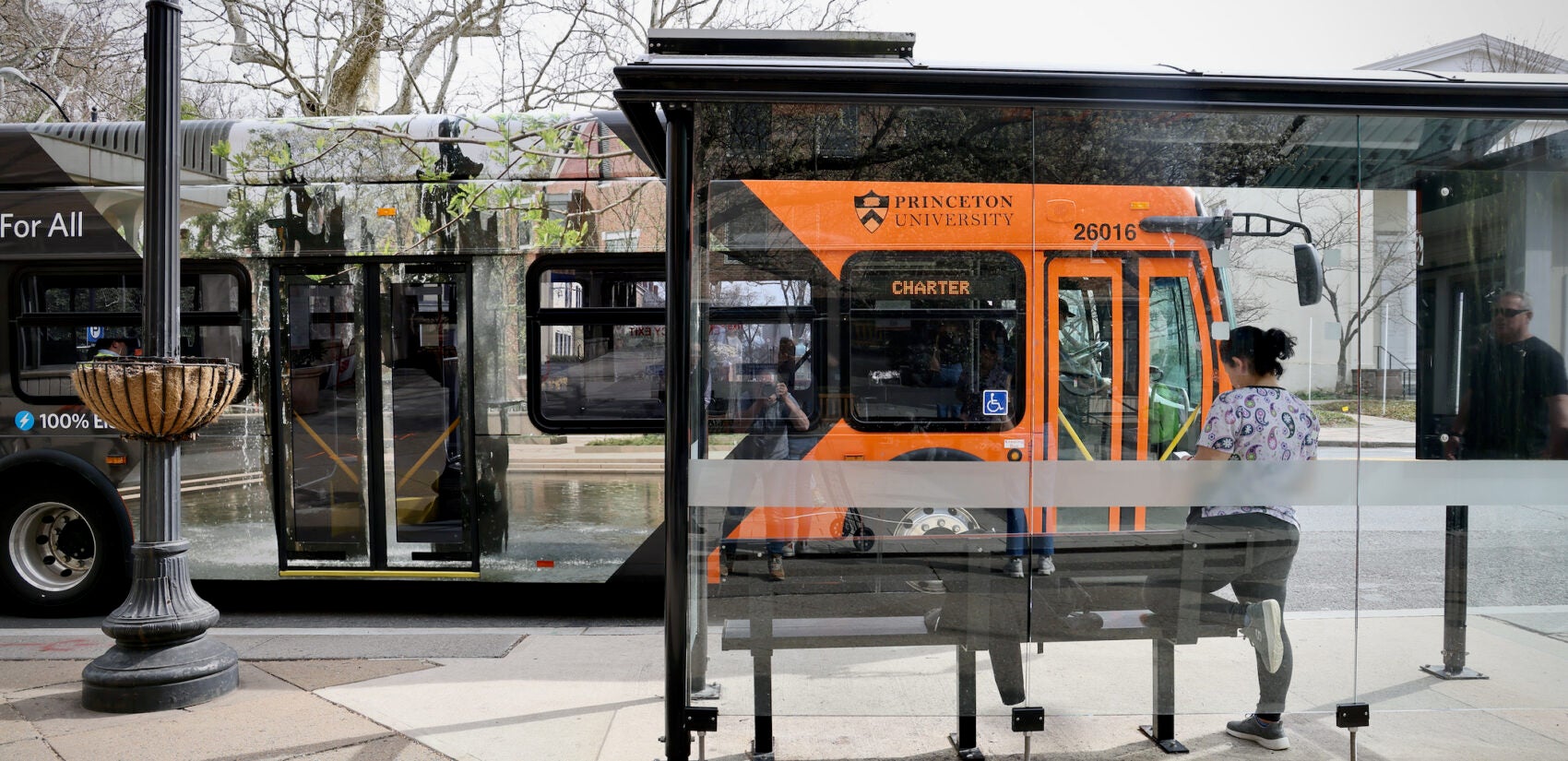
The Muni bus connects the town’s major commercial corridors — Nassau Street and Witherspoon Street — with the Princeton Shopping Center on Harrison Street.
Both services now share the same vendor, WeDriveU, to more efficiently connect routes.
The university took over the cost of the municipality’s transit service as part of a larger voluntary contribution worth more than $50 million over five years. That, Sacks explained, will allow the municipality “more flexibility to add additional routes and to put some of our own money [toward] a more expansive network.”
WHYY is your source for fact-based, in-depth journalism and information. As a nonprofit organization, we rely on financial support from readers like you. Please give today.



